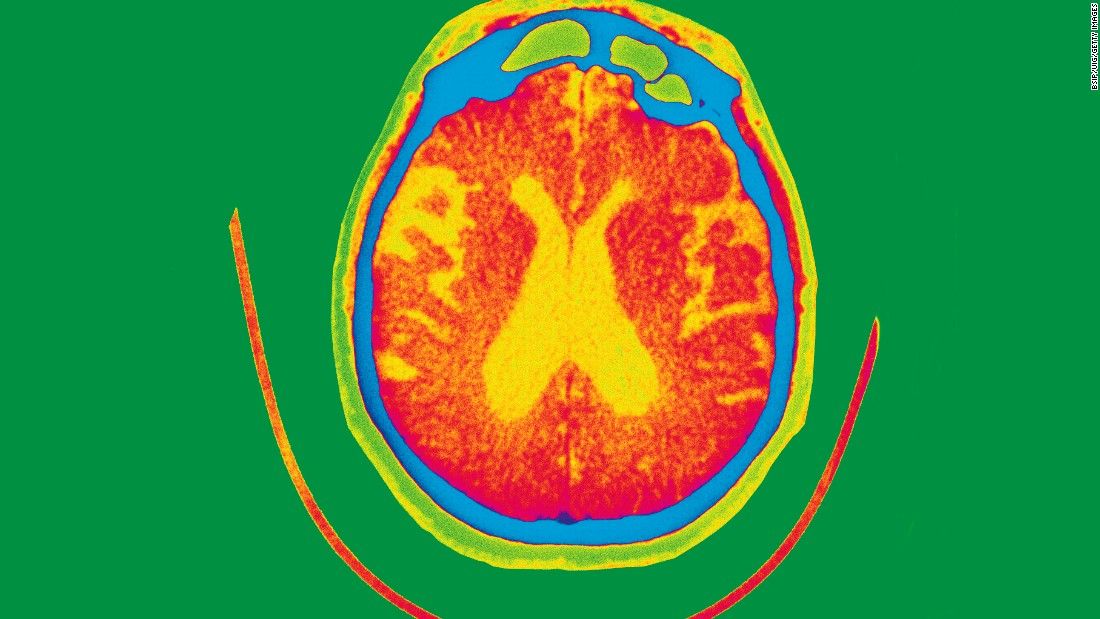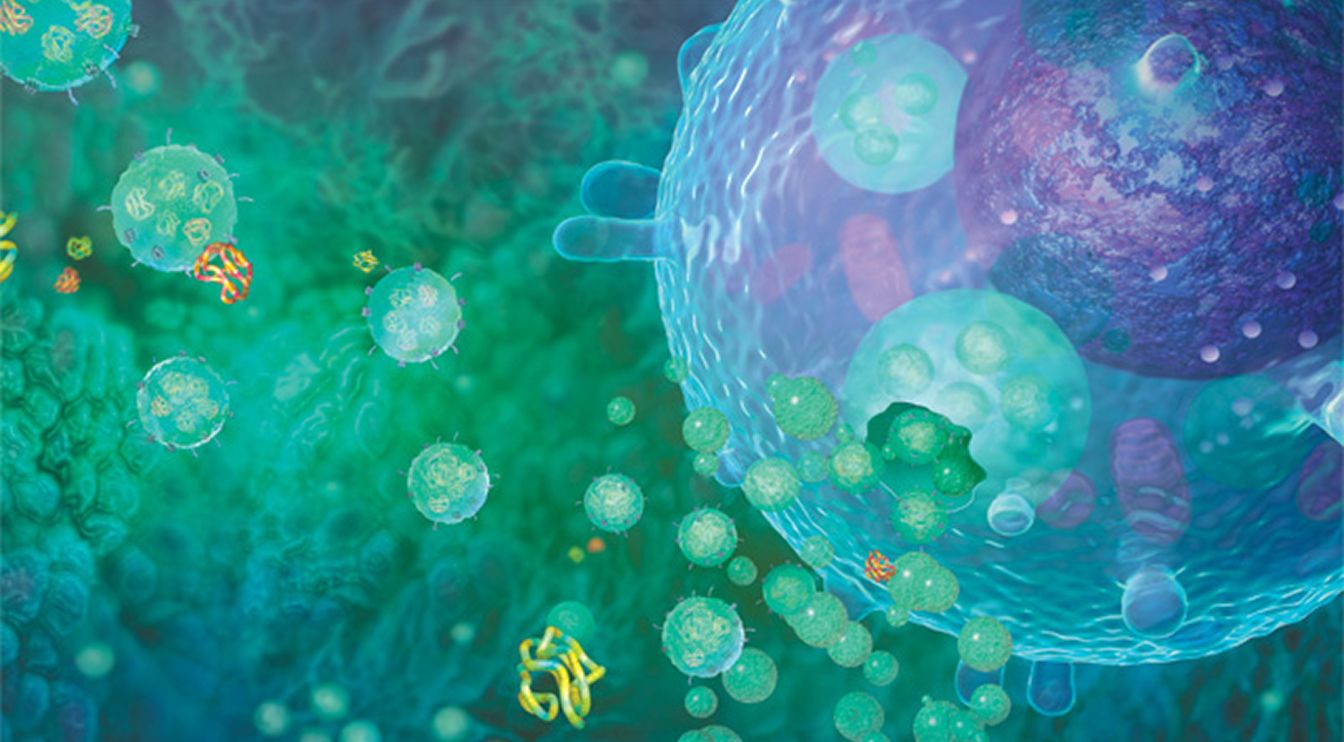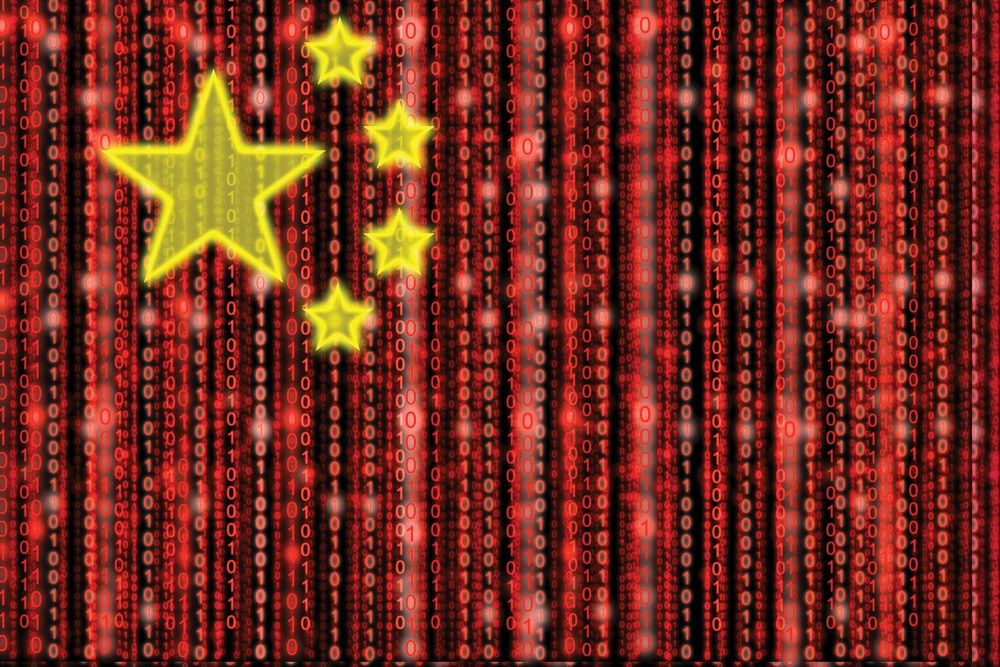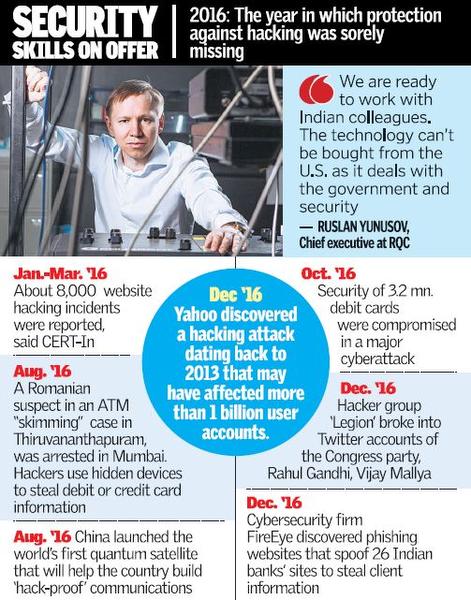Page 10598
Dec 25, 2016
Scientists develop a cancer-detecting smartphone add-on that’s up to 99% accurate
Posted by Shane Hinshaw in categories: biotech/medical, mobile phones
A new smartphone add-on has been demonstrated to detect cancer with 99% accuracy in the lab. The breakthrough could have significant implications for diagnostic capabilities in remote areas or when limited medical services are available.
Dec 25, 2016
Space Surveillance System — Equipped With World Fastest Camera
Posted by Karen Hurst in categories: military, satellites, surveillance
This post is also available in:  עברית (Hebrew)
עברית (Hebrew)
The US Defense Advanced Research Projects Agency (DARPA) officially handed off control of the Space Surveillance Telescope (SST) to the US Air Force Space Command. After five years of successful operation the telescope will now be dismantled and sent overseas.
Australian forces are planned to handle the task of scanning the skies for asteroids that could endanger satellites or potentially strike the Earth. The Air Force will maintain “a broad and full SST partnership” with the Australian military, said 1st Lt. Sarah Burnett, a spokeswoman for Air Force Space Command (AFSPC). After the move, SST will operate as a dedicated sensor in the US Space Surveillance Network, operated by AFSPC.
Continue reading “Space Surveillance System — Equipped With World Fastest Camera” »
Dec 25, 2016
China’s stringent cyber security law; Technological and human rights implications for the world
Posted by Karen Hurst in categories: business, cybercrime/malcode, economics, internet, law, military, space
Hmmm.
Technological and human rights implications for the world
China adopted the highly controversial cyber security law on 7th November 2016. The legislation which will take effect in June 2017 was passed by its largely rubber – stamp parliament emphasizing the ‘objective need’ of China as a major internet power. The stated objective of the law is to counter the growing threats such as hacking and terrorism. Overseas critics of the law are not amused as it has already triggered concerns among foreign business and rights groups that the law threatens to shut foreign technology companies out of various sectors which China deems as ‘critical’. The legislation also incorporates contentious requirements for security reviews and for data to be stored on servers in China.
Dec 25, 2016
Physicists Achieve Quantum Teleportation of Photon Over 25 Kilometers
Posted by Karen Hurst in categories: particle physics, quantum physics
For the first time, a team of physicists have successfully teleported a quantum state of a photon to a crystal over 25 kilometers away through a fiber optic cable. This effectively showed that the photon’s quantum state, not its composition, is important to the teleportation process. The team was led by Nicolas Gisin of the University of Geneva and the results were published in the journal Nature Photonics. With this new paper, Gisin’s team has successfully squashed the previous record they set a decade ago by teleporting a quantum state of a proton 6 kilometers.
The quantum state of the photon is able to preserve information under extreme conditions, including the difference between traveling as light or becoming stored in the crystal like matter. The photon’s state acts as information that can be teleported along great distances using the optical fiber, and can be stored within the crystal. This was achieved due to a phenomenon in quantum mechanics known as entanglement, where two particles have a correlation, despite the fact that they aren’t touching and transmitting information to one another.
To test this and ensure what they were observing was actually happening, one photon was stored in a crystal while the other was sent along optical fiber, over a distance of 25 kilometers. The photon that was sent along the optical fiber collides with a third photon, which was assumed to destroy them both. However, the information from the first photon was transferred to the third photon in the collision, like the transfer of energy when one billiard ball hits another. The information from the third photon came back to the crystal where it could be measured to ensure the information was preserved between the first and the second.
Dec 25, 2016
Now You Can Make Movies of Living Cells With Your Smartphone!
Posted by Karen Hurst in categories: 3D printing, biotech/medical, mobile phones
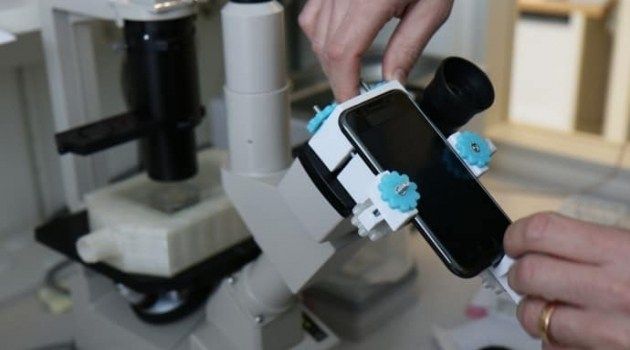
Very cool; I do look forward to see where we land in the next 5 years on mobile imaging systems.
Years ago I remember developing software for a mobile blood gas analyzer to help researchers and doctors in some of the world’s most remote locations. And, the technology then did improve survival rates for so many. And, I see advances like this one doing so much for many who do not have access or the luxury of centralize labs, or hospitals, etc.
Continue reading “Now You Can Make Movies of Living Cells With Your Smartphone!” »
Dec 25, 2016
Russia offers technology to keep hackers at bay
Posted by Karen Hurst in categories: cybercrime/malcode, encryption, finance, government, neuroscience, quantum physics
Russian Quantum Center (RQC) said that it is ready to collaborate with India and offer its quantum technology that will prevent hackers from breaking into bank accounts. RQC plans to offer ‘quantum cryptography’ that could propel India to the forefront of hack proof communication in sectors such as banking and national and homeland security.
“We are ready to work with Indian colleagues. It (the technology) can’t be bought from the United States as it deals with the government and security,” said Ruslan Yunusov, chief executive at RQC, in an interview.
Established by Russia’s largest global technology hub, Skolkovo in 2010, RQC conducts scientific research that could lead to a new class of technologies. These include developing ‘unbreakable cryptography’ for the banks and the government organisations. It also involves research in areas such as materials with superior properties and new systems for ultrasensitive imaging of the brain. The research is mostly funded by the government money.
Continue reading “Russia offers technology to keep hackers at bay” »
Dec 25, 2016
The Edge of Physics: Do Gravitons Really Exist?
Posted by Karen Hurst in categories: particle physics, quantum physics
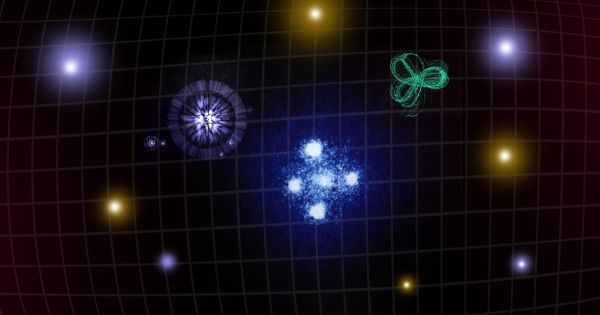
Einstein’s theory of relativity described gravity as the distortion of space and time—which bend and stretch based on the masses of objects within them as well as the energy released from the phenomena. A few years later however, we gained awareness of the confusing world of quantum physics as physicists discovered the existence of very small particles—which were later found to affect even the biggest, most powerful phenomena in the universe.
This led to the discovery of force-carrier particles, or bosons, behind three of the fundamental forces governing the universe: the electromagnetic field has photons, the strong nuclear force has gluons, and the weak force is carried by W and Z bosons. This leaves gravity out. Physicists hypothesize that, if the other three fundamental forces have a corresponding quantum theory, there must be a particle behind gravity too.
Continue reading “The Edge of Physics: Do Gravitons Really Exist?” »
Dec 25, 2016
Jülich Installs New QPACE3 Supercomputer for Quantum Chromodynamics
Posted by Karen Hurst in categories: augmented reality, cosmology, particle physics, quantum physics, robotics/AI, supercomputing
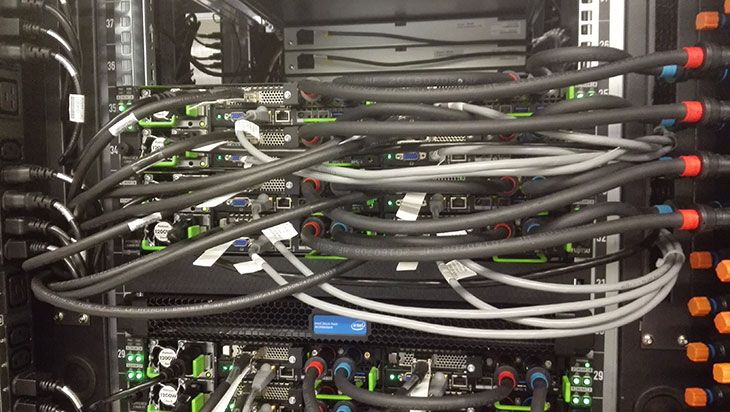 A new supercomputer has been deployed at the Jülich Supercomputing Center (JSC) in Germany. Called QPACE3, the new 447 Teraflop machine is named for “QCD Parallel Computing on the Cell.”
A new supercomputer has been deployed at the Jülich Supercomputing Center (JSC) in Germany. Called QPACE3, the new 447 Teraflop machine is named for “QCD Parallel Computing on the Cell.”
QPACE3 is being used by the University of Regensburg for a joint research project with the University of Wuppertal and the Jülich Supercomputing Center for numerical simulations of quantum chromodynamics (QCD), which is one of the fundamental theories of elementary particle physics. Such simulations serve, among other things, to understand the state of the universe shortly after the Big Bang, for which a very high computing power is required.
The demand for high performance computers to solve complex applications has risen exponentially, but unfortunately so has their consumption of power. Many supercomputers require more than a megawatt of electricity to operate and annual electricity costs can easily run into millions of Euros. The energy supply is therefore a significant part of the operating costs of a data center. According to recent analyst studies, this represents the second-largest factor in addition to personnel and maintenance costs. The upcoming boom with (3D) video streaming, augmented reality, image recognition and artificial intelligence is driving up the demand for data center capabilities, thereby placing new challenges in the power supply sector.
Dec 25, 2016
Quantum Computing Update: Coherent Electron-Photon Coupling Achieved, May Help Build Scalable Devices
Posted by Karen Hurst in categories: computing, quantum physics
Over 6 months ago we reported the electron-photon coupling discovery which makes scalable QC possibly. This article provides some additional content around the experiment.
The silicon-based device, created by researchers at Princeton University, could eventually help build viable and robust quantum computers.
